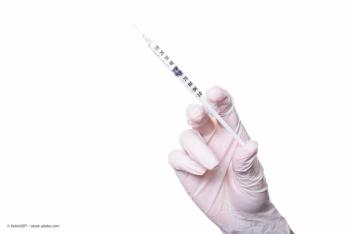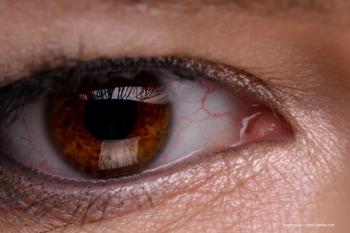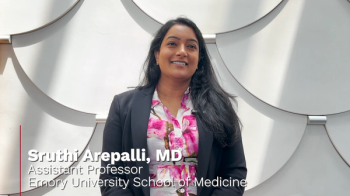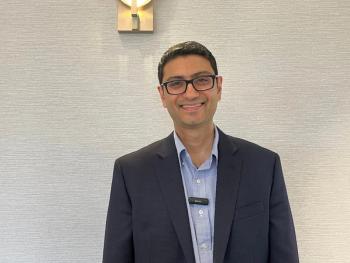
Case #2: Impressions and Clinical Insights
A retina specialist discusses impressions and key take away points from patient case.
Thomas Albini, MD: This is a case of a patient who does not like our standard treatments for this condition. His vision was down to a pretty bad level: 20/60, 20/40, when I first met him. It was clear to me that he needed treatment. We know that almost all patients with birdshot chorioretinopathy are going to experience vision loss if they're not adequately immunosuppressed. It's one of the conditions where chronic immunosuppression is almost always needed. He seemed to fall into that majority of patients who need it, but he was miserable on standard immunosuppression with anti-metabolites.
I think the local treatment for this patient was great and bought him a lot of vision for a long time. Retisert really served him well bilaterally. It points out that for some patients, these local treatments alone with a very strong sustained released steroid implant, like the surgically implanted fluocinolone implant is a great option, and it was for him.
One of the barriers is the cost of these implants. They are very expensive, both the injectable form and the surgically implanted form. It took a little bit time to discuss with his insurance provider the benefits were of a one-time three-year implant versus continued cost of care with laboratory monitoring and so forth. We were lucky that the insurance company finally came through and provided us with the possibility to use these very expensive treatment options. Unfortunately, not all insurance providers will come through that way, making treatment of these patients more problematic.
This case really shows nicely how patients who have failed multiple agents can respond very well to local treatment with a sustained delivery device. If systemic agents aren't a possibility and we cannot find one that a patient tolerates, maybe Humira is not available due to the cost of the drug. And maybe the long-term implants are not available. You may find yourself in a situation in which the only treatment that you have are serial injections of a more short-acting agents, such as a dexamethasone implant or a triamcinolone preparation. But I would warn that you need to be very careful with what happens in between the injections with these patients, as they often get worse.
I would recommend use of a low dose of an immunomodulatory agent along with a low dose of prednisone with local injections. That type of a combination may work well for a patient in whom other agents cannot be obtained. We're lucky in uveitis that more agents are coming out. There is also increasing use of different biologics. There is a new biosimilars for Humira, which may make the expensive drug Humira available to more patients in a biosimilar form. There are a couple of protocols looking at exploiting gene therapy to provide local delivery of an anti-TNF. All of these developments are exciting, and as new treatments come about, we'll have more options to manage these very challenging patients.
My final takeaway about this patient regarding the endophthalmitis, and the fact that even though local treatments were such a welcome change for him. The risks of local treatments are real. I've had a patient develop a retinal detachment after a Retisert exchange and loss significant vision from that occurrence. Complications with local treatments, although rare, do occur. Although systemic treatment have their well-known potential systemic complications on blood counts and liver function, no treatment that we have to offer is without complications, and those complications can be quite serious.
Transcript Edited for Clarity
Newsletter
Keep your retina practice on the forefront—subscribe for expert analysis and emerging trends in retinal disease management.









































